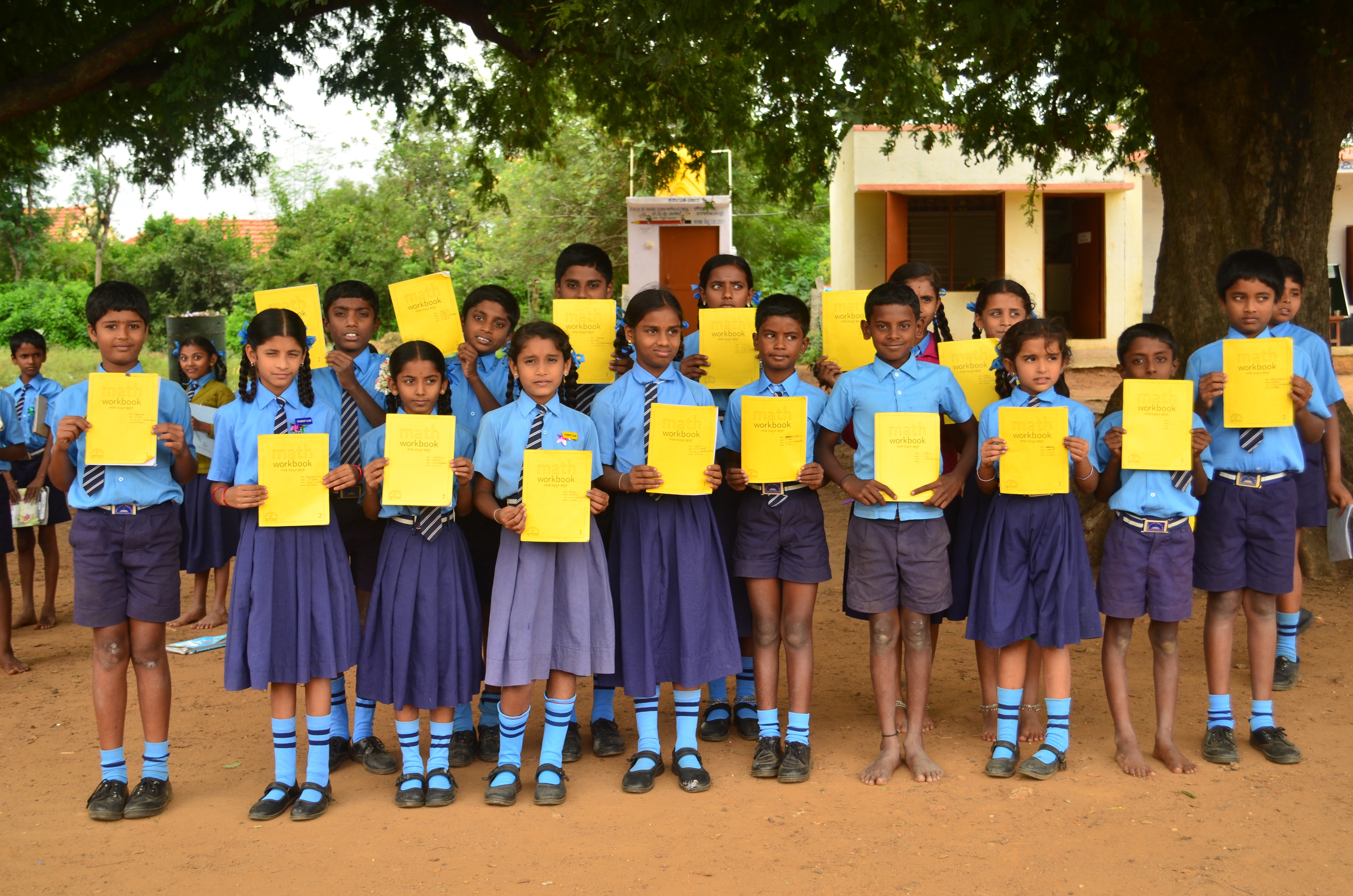Prerana - A motivational model
Introduction
This model was developed organically over a decade through the practices that evolved to address
issues in government schools that came in the way of imparting quality education to every child.
First, is to motivate the child to come to school. Second, to maintain personal hygiene. Third,
to develop confidence and participate with out the fear of failure. Fourth, to develop a habit of
structured practice. Hence, the program was named Prerana when the Government of Karnataka adopted
the program in all the 48000 Government schools in the year 2017-18. The three year MoU was renewed
by the Government in 2021 under innovation projects considering the impact of the program over the
last three years.
What began as a spot prize to recognise academic participation, and later extended to participation
in any activity in the school like sports, cultural, and then as a token of appreciation for
attendance and hygiene, took the form of stars and badges and self-monitoring mechanisms that gives
a structured approach to enable students own their learning. Over a period of time, with the help
of Prerana, the students have started driving their own learning journey, which in turn has motivated
the engagement of teachers, HMs, parents and the entire ecosystem.
Objectives:
- create a motivational model to motivate students to attend school, maintain personal hygiene and participate in various activities without fear of failure.
- create a structure for a social classroom that leverages the benefits of peer learning and group work.
- inculcate the habit of structured practice in every student.
- measure and evaluate the effectiveness of the intervention
Program Structure:
1. Student Motivation through Stars and Learning Certificates:
The goal is to motivate students to engage in schooling actively.
Using small rewards in the form of stars in different colours, students are
incentivized to come to school regularly, practice good hygiene and actively
participate in curricular and extracurricular activities.
My Learning Journey Certificate is a visual map to track progress in acquiring
language and arithmetic competencies at a foundational level as well as at their
grade level. It is provided to each student. In addition, it also gives a visual
indication of the usage of inputs by the child.
Outcome
These inputs not only motivate students but also engage the parents in their child’s schooling. They help in creating a conducive environment for teaching & learning.
2. Social Classroom:
Schools are encouraged to make small mixed groups of 4-5 children in each class to
enable peer learning. The children are asked to practice regularly in peer groups on
work given by teachers or any additional workbooks/worksheets. This helps them to learn
from each other and complete work given to them.
Prerana clubs are formed at the school level. Prerana clubs are composed of 1 or 2 Prerana
club leaders from each class. The Prerana Club takes the responsibility of running
“Prerana” and other programs in the school.
Outcome
Classroom teaching gets supplemented by students helping each other, students develop team spirit and valuable leadership skills

3. Structured Practice:
As the students get ready to put in the necessary effort to learn, modular practice material developed by Sikshana guides them effectively in their studies. This forms the third step, Structured Practice. Students are expected to complete a couple of pages in their practice material every day. Modular material given to the children is designed in a manner which will help them to move from a generic foundational level practice to specific foundational and grade level practice in math, English, Vernacular language and Science.
Outcome
This program will allow children to identify their strengths and build on it by practice and provide a way for them to acquire those missing competencies or improve upon existing skills in Math, English, Vernacular Language and Science.
4. Measure & Evaluate:
The measure and evaluate step of Prerana is very comprehensive. It uses multiple inputs with mechanisms for providing information (results) to different stakeholders.
a. My Learning Journey certificate
- Helps the children to map their progress in achievement of foundational and grade level competencies
- Helps them to do deliberate practice.
- Helps teachers to track utilisation of inputs and award them stickers on completion of the practice modules.
- Helps the parents to track the progress of their children in learning and their effort in completion of practice modules.
b. Assessments
Written, paper based or digital assessments are conducted for a 10% sample of the children at the beginning and end of every year
- The assessments measure the progress made in the achievement of foundational competencies.
- These assessments help Sikshana Foundation in understanding the impact of practice modules and designing the subsequent set of modules required by the children.
- The assessments can be helpful to the teachers and education department to set goals and plan to help all children to move out of the foundational level to the grade level.
c. App based evaluation
- Sikshana has a special expertise in developing apps both, for generic monitoring and evaluation and customised development of apps to meet the requirements of government and other private partners.
- The apps help in assessing input utilization, stakeholder engagement, milestones in achievement of impact indicators and other requirements.
- Multiple dashboards that can be accessed by different stakeholders are developed as per need.
Outcome
A robust monitoring and evaluation system to track and guide achievement of project deliverables.